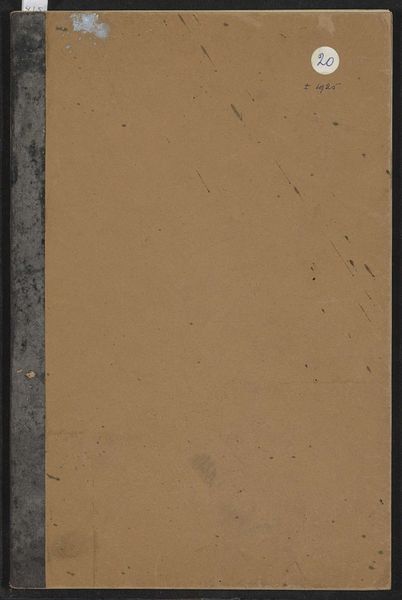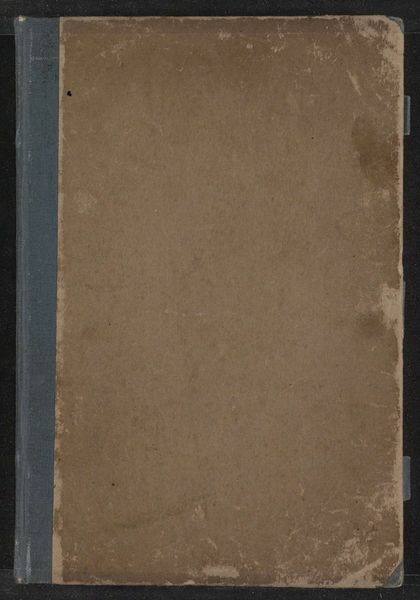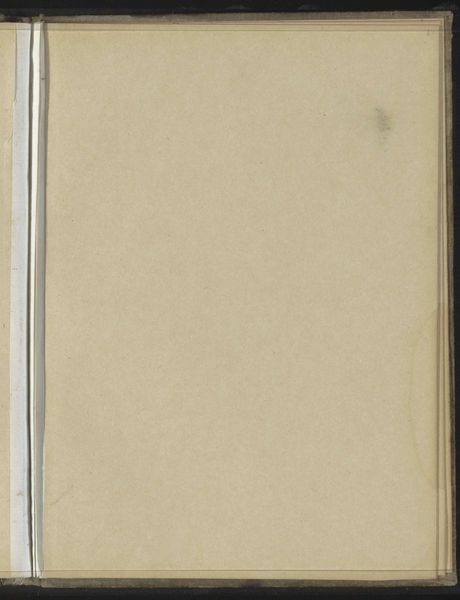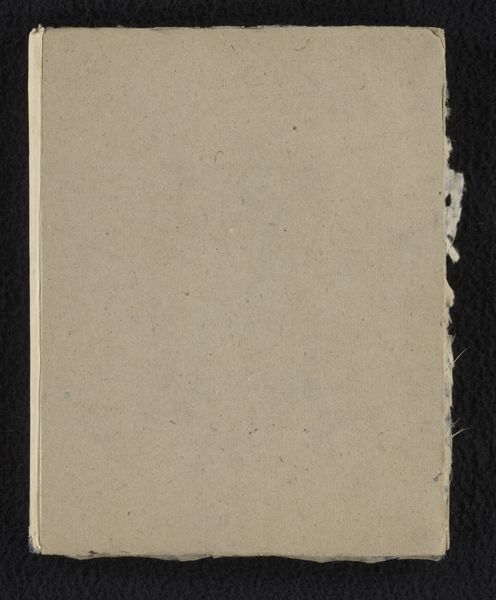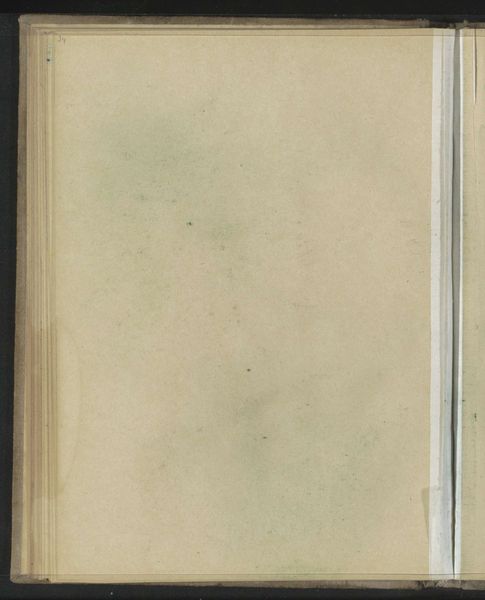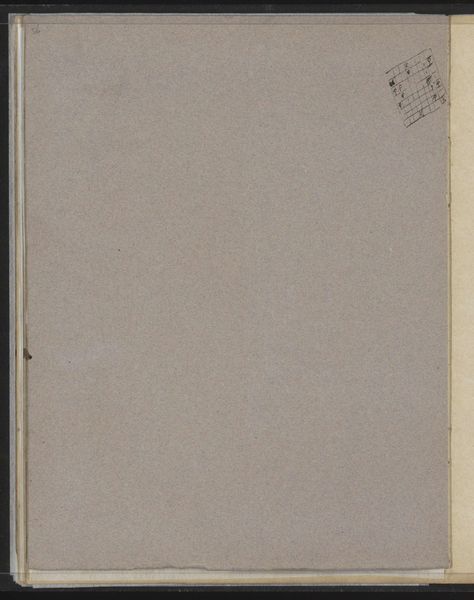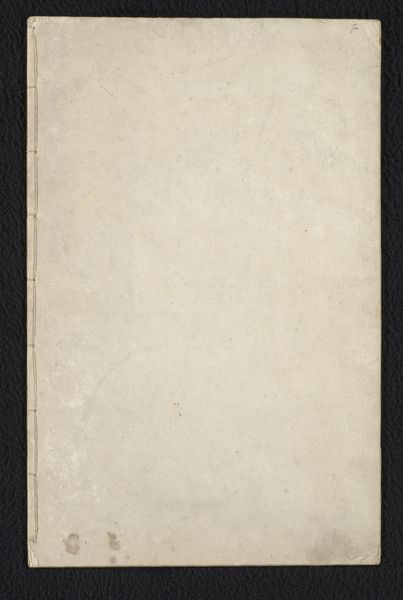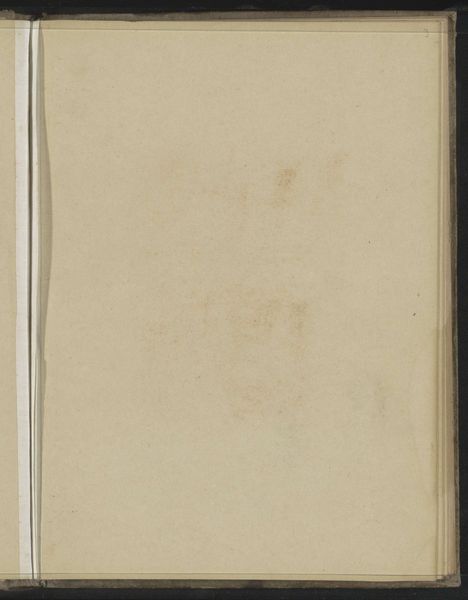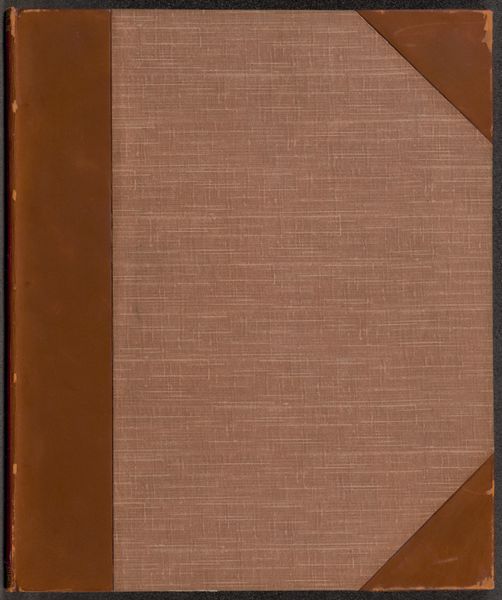
Dimensions: height 164 mm, width 70 mm, thickness 6 mm, width 139 mm
Copyright: Rijks Museum: Open Domain
Editor: This is Gerrit Willem Dijsselhof's "Sketchbook with 42 pages," dating back to around 1901, housed right here at the Rijksmuseum. It’s rendered with coloured pencils on paper. There's a certain intimacy suggested by the very nature of a sketchbook… what does it say to you? Curator: An intimate object indeed. A sketchbook whispers secrets about the artist's inner world. I am immediately drawn to consider the act of concealment. A closed book protects, it suggests knowledge that may be granted or denied. It's worth remembering, too, the role of paper itself. As a medium, it links Dijsselhof to a centuries-old tradition of visual communication. Consider how colour itself might act as a kind of cultural code too. Editor: Interesting. So the sketchbook, even without seeing what’s inside, becomes a symbol? Curator: Precisely! A symbol of creativity, memory, potential. Colour also communicates mood; muted tones can conjure melancholy or introspection. Imagine the range of colours he could have used, and consider the psychological effect that results from this very deliberate constraint. How might you read the absence of certain bright or vibrant colours here? What purpose does that muted palette serve, in your opinion? Editor: I hadn’t considered the colour choice to be so meaningful. I guess I saw it more as, well, just the colour of the book! But I can see your point about it communicating a particular, deliberate mood. Curator: Exactly. The book has connotations, particularly its connection to arts and crafts movement; what could those be? Editor: Thinking about that arts and crafts association now makes me think of it as a celebration of artistry… which opens it up even further to think about all the images inside. Curator: And remember, the sketchbook invites our speculation about what the artist found worthy of recording! Each element—the size, the materials, the colours—contributes to this rich symbolic dialogue.
Comments
No comments
Be the first to comment and join the conversation on the ultimate creative platform.
